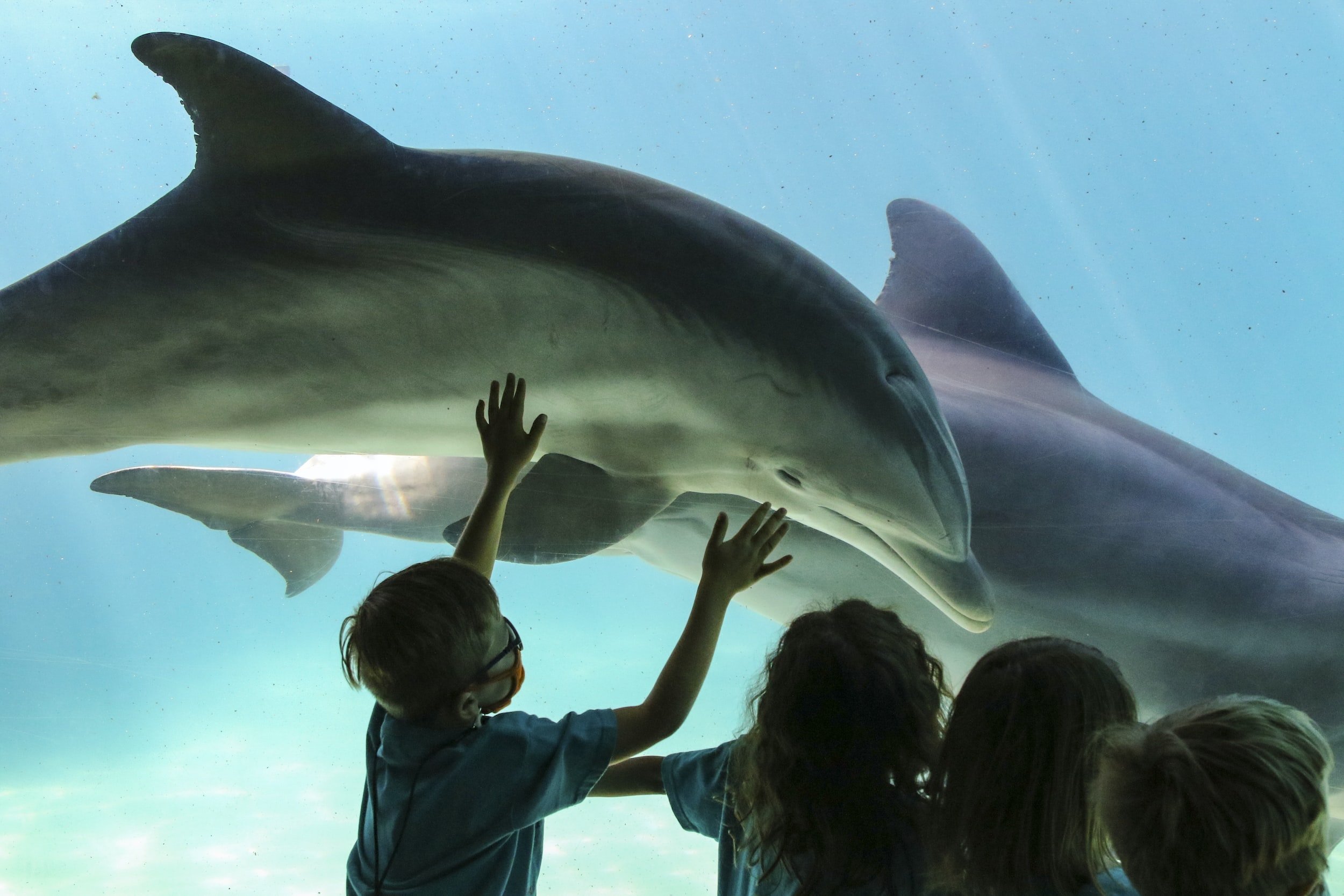Mindfulness Practice: Cultivating Wonder
Living fully involves the intentional reawakening of what some call the “beginner’s mind.” I like to refer to it as “practicing wonder.” A beginner’s mind is the one we often see in children who are taking new things into their senses for the first time: the wonder of leaves blowing in the wind, a butterfly’s colorful wings, or the first taste of a blueberry. As we move from childhood into adolescence, we begin to lose touch with our beginner’s mind. Understanding this from a neuroscientific perspective might help us learn to practice wonder anew.
Neuroscientists often refer to “top-down” or “bottom-up” mental processing. Top-down processing refers to the way we generalize experiences we have had in the past and make mental models of those events. (Siegel, Mind, pg. 128) It means that our prior experiences impact our current interactions. For example, the mind’s top-down generalized encounters of a dog will shape and limit its awareness of the actual dog standing in front of you right now. Our minds activate top-down strategies to make life more efficient and to save energy. Yet, the loss of attention to what we have become familiar with can be seen as a sort of top-down dominance, and this can be the downside of becoming an expert at anything. It can literally stop us from seeing clearly because everything is being filtered by what we have already come to know or experience.
Bottom-up mental processing is about seeing with fresh eyes. It’s the reason many of us enjoy traveling to new places where we experience reality with new eyes. If you have never encountered a moose before, the first time you come across one it will captivate your attention and engage your bottom-up brain processing. This first-time engagement, or bottom-up processing, is what mindfulness teachers describe as having “beginner’s eyes.” When we have a new encounter, the circuitry in our brain is not shaping and altering our perception through our top-down filter because we have no previous experience of a moose. We are purely receiving the current information with wonder and curiosity. When we cultivate wonder, we are intentionally choosing to receive new information about both new experiences and those that we have had in the past. To nurture wonder is to intentionally choose to see familiar things as if we are seeing them for the first time. When we do this, we are strengthening our capacity for bottom-up processing; this helps us break free from the top-down dominance that tends to constrain our freedom to take in new perspectives. It’s important for our well-being to challenge the mental models of our past experiences because those top-down processes can directly impact our sense of who we are and the decisions we make. (pg. 139) We can get stuck in self-reinforcing loops of the past and become unable to engage new information and allow life to unfold new possibilities and perspectives.
I want to work on practicing wonder in my life. I love learning, and somehow the idea of cultivating wonder feels like a way to begin to nurture my own beginner’s eyes. Mindfulness teachers say that in as little as eight minutes a day of focusing on one thing at a time allows us to change our brains physiologically. A couple minutes of simply washing the dishes, listening to music without doing anything else, observing the trees blowing in the wind, or maybe just quietly petting your cat can cultivate that change. I believe the most important part of practicing wonder is the intention with which you choose to practice. I encourage you to bring all your intention into the practice of wonder using curiosity, acceptance, openness, and love. See what you learn, what you notice, and what you experience in the here and now.
“Cultivating Wonder” was written by Angela Van De Mark, a neurofeedback practitioner at Northwest Life Medicine Clinic.

